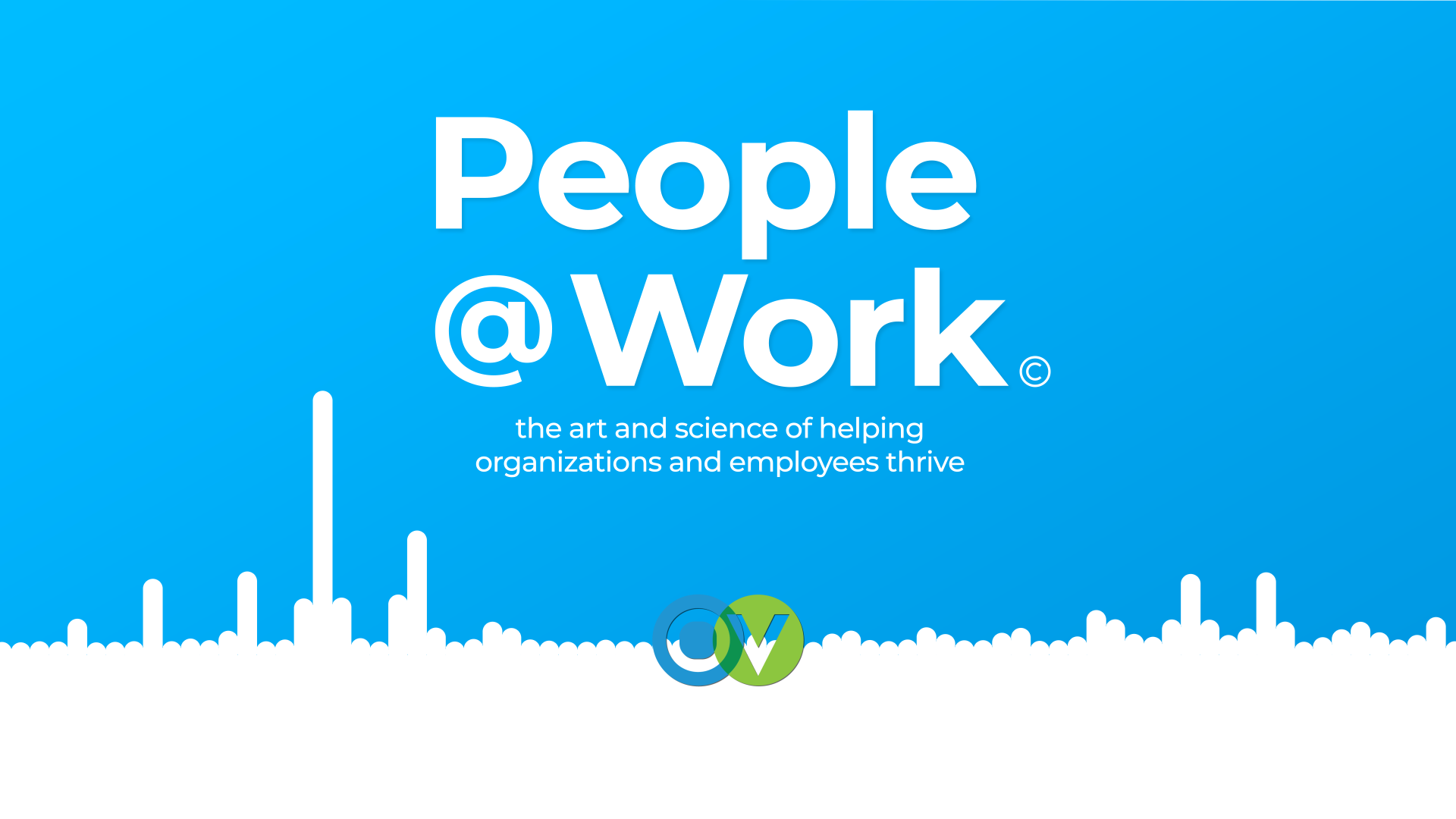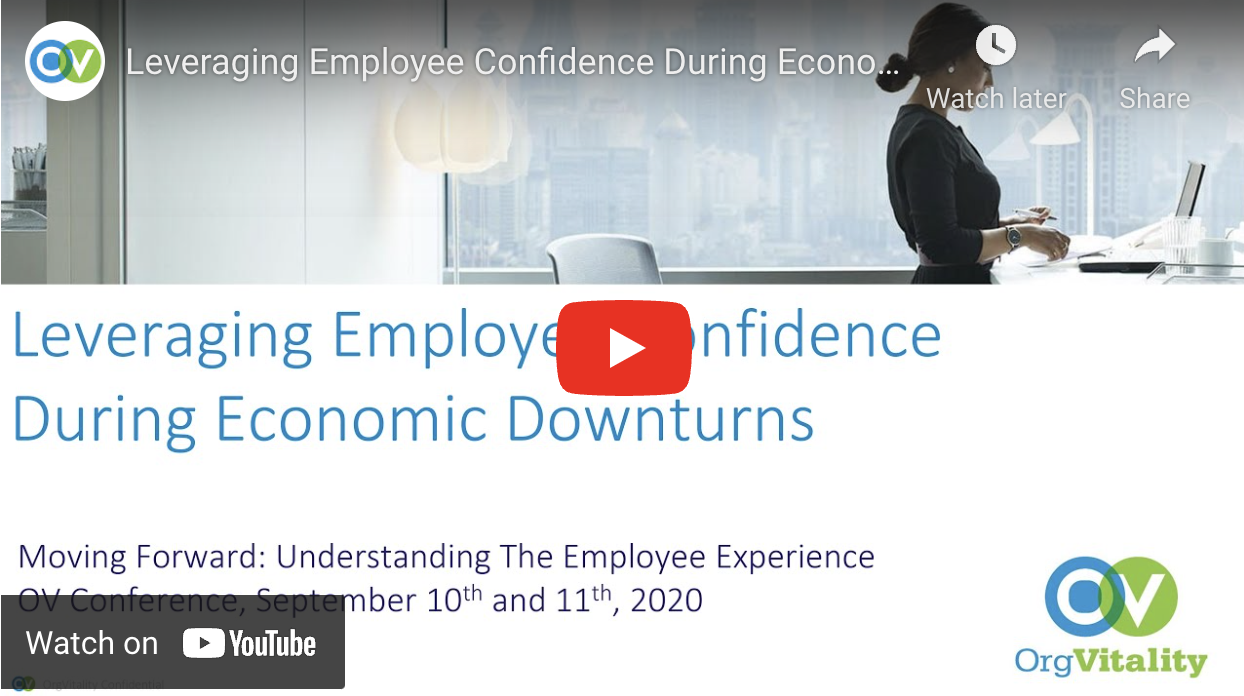
Pre-pandemic you likely had some specific organizational resolutions for the the previous year, or even the new decade.
The chaos created by the pandemic can be an easy excuse to shelve some of our plans, and while that might be reasonable, we shouldn’t do it without some reflection. As more businesses return on-site – and make longer-term adjustments to a new way of working – the discipline of organizational improvement can’t be abandoned. So why revisit resolutions made in what feels like another era?
Challenges may have changed, but not disappeared.
Whatever was on your resolution list likely hasn’t gone away, even if it was temporarily replaced by more pressing concerns. While your organizational needs will have changed, and available resources may be different, any needs, weaknesses, or opportunities that you previously identified are likely still there – if not even exaggerated.
Reframe your goals in light of new realities.
When you reconsider your goals, you’ll see how they fit in to today’s realities. Maybe they have shifted some, or need to be tackled differently. Either way, the intent is the same: overall improvement.
Rhythms matter.
Research shows that making a resolution at the start of a new year is ten times more effective than making it at other times, in part because it’s a time specifically set for this activity. Planning for check-ins during the year is a smart way to make that rhythm even more effective, especially if you get in the habit every year. This particular September feels like a good reflection point, as many companies have targeted it as re-open date for bringing employees back.
Listen to your people
Your employees have their fingers on the pulse of the organization. Building the disciple of listening to and learning from employees will always help focus your improvement efforts on where they matter most.
Sticking to organizational resolutions are even trickier than self-resolutions, because they require the cooperation and work of teams of people. Not sure where to start? Collecting feedback from your employees – often an overlooked but valuable asset – can help define both strengths and weaknesses and guide your change decisions.
Author

Dr. Scott Brooks is a Partner and Vice President of Consulting at OrgVitality. With twenty years of experience, he consults with organizations and individuals to drive strategic change based on surveys, HR metrics, and research that illuminate the connections between leadership, operations, customer loyalty and business results. He is the co-author of Creating the Vital Organization: Balancing Short-Term Profits with Long-Term Success. Scott holds a Ph.D in Industrial and Organizational Psychology from The Ohio State University and a Bachelor of Arts from Cornell University.




